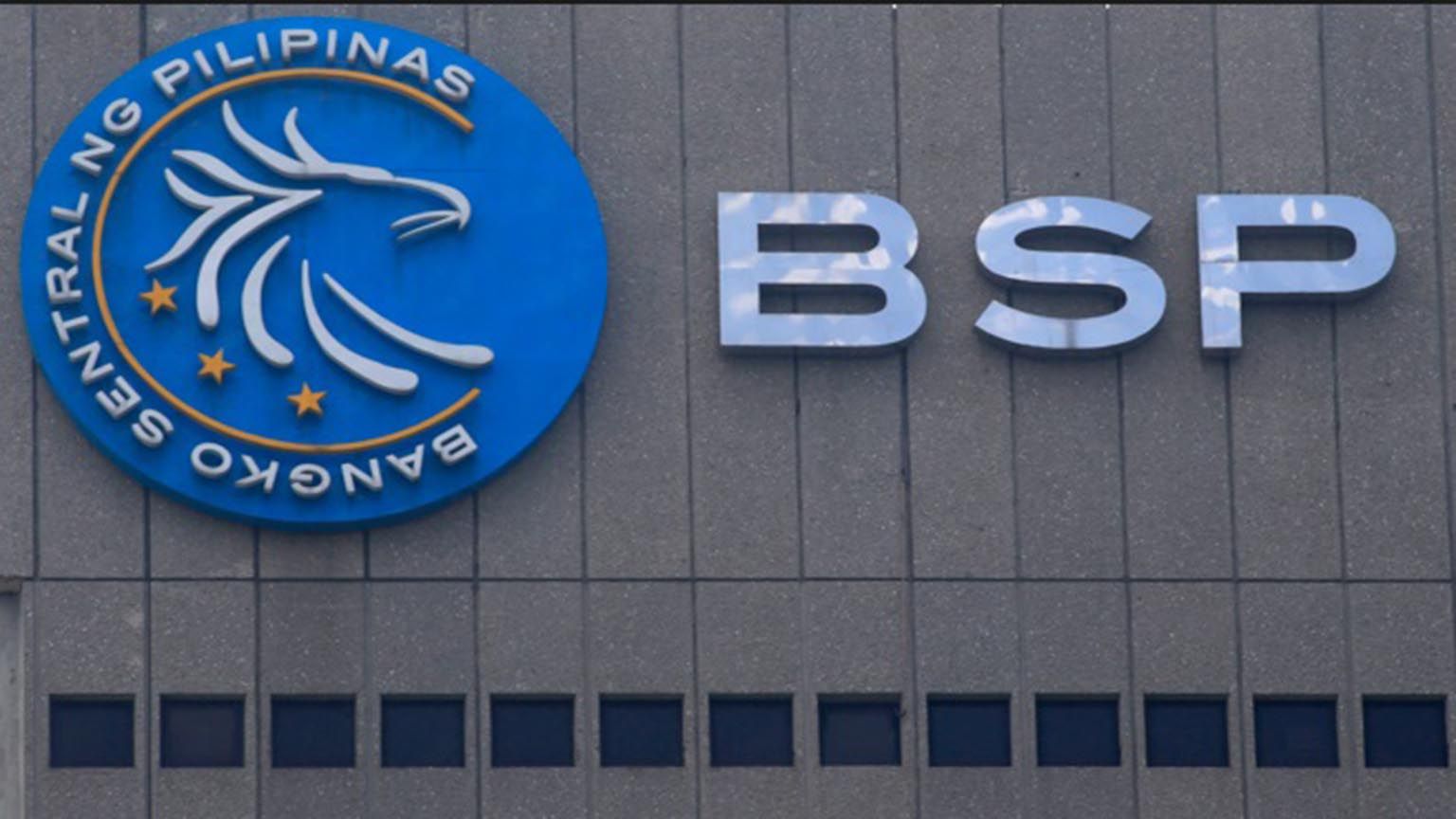No need to worry about stagflation as the Philippines had seen its economy grow by 8.3 percent in the first quarter and the easing of unemployment, credit activity and foreign investments. Inflation has been rising all over the world.
Stagflation is the least of our concerns now. At least that is what Oxford Economics says as it ranked the Philippines second to the last among emerging markets in terms of vulnerability to stagflation, with a score of 4.5 out of nine.
Stagflation is an economic condition where a country faces persistent high inflation, coupled with high unemployment rate and low economic output.
“The best performers are Czech Republic, the Philippines, Indonesia, Poland, and Peru,” Oxford EM economists said.
“The Philippines, Indonesia, and Czech Republic’s strengths are muted impulse and amplification factors; Peru stands out for its strong policy responses; while Poland benefits from strong policy credibility,” the Philippine Star recently reported.
Of the 18 economies, Turkey got the highest score of eight, making it the most vulnerable to stagflation. Other countries at risk are South Africa, Egypt, Colombia and Chile.
BSP’s views
In an interview, outgoing Bangko Sentral ng Pilipinas Governor Benjamin Diokno saidstagflation isunlikely to pose an immediate risk to the Philippine economy.
“The BSP does not view ‘stagflation’ as an immediate risk to the Philippine economy,” he said in a statement on Thursday.
The Philippine economy’s recovery will be sustained with 8.3 percent gross domestic product growth in the first quarter.
Diokno said the steady rise in credit activity, ample domestic liquidity, improved jobs market, and higher foreign direct investments will help boost the economy’s rebound.
Economic managers are targeting a 7-8 percent GDP growth this year.
But inflation accelerated to 5.4 percent in May, the highest in three and a half years and above the BSP’s 2-4 percent target range.
The BSP last month raised its average inflation estimate to 4.6 percent this year, higher than the previous estimate of 4.3 percent.
While domestic inflation is seen to remain elevated in the near term because of supply-side factors linked to volatile global commodity prices, inflation is expected to revert to the government’s target range of 2-4 percent by 2023. In the meantime, the balance of risks to the inflation outlook now leans toward the upside for both 2022 and 2023,” Diokno said.
The central bank reiterated the need for “urgent and coordinated efforts” of government agencies to ensure there is enough domestic food supply, as well as direct and targeted interventions for vulnerable sectors.
Risks have risen significantly
Oxford EM economists Lucila Bonilla and Gabriel Sterne said risks have risen significantly among EMs, amid elevated prices of commodities and higher global yields.
Oxford’s stagflation scorecard aggregates 12 vulnerability metrics that summarize four risk categories – namely, impulse and amplification, policy responses, policy credibility, and structural change.
In the Philippines, inflation remains on an uptrend, with the latest at a three-year high of 4.9 percent in April. May inflation is already seen breaching the five percent level to a high of 5.8 percent.
Despite the consistent climb in inflation, gross domestic product grew stronger-than-expected at 8.3 percent in the first quarter.
Additionally, the unemployment rate already eased to 5.8 percent in March, its lowest level since lockdowns started two years ago.
Bonilla and Sterne said the relentless increase in commodity prices is a major source of volatility among EMs.
“Consumer prices are rising everywhere and squeezing household incomes. The recent uptick in food prices will have a greater impact on EMs owing to the higher share of food and commodities, in general, in their inflation baskets,” the economists said.
“Economies that import lots of energy, fertilizers, and grain have seen import prices soar. The impact is two-fold: first, via higher prices for imported consumer goods; second, via reduced economic activity if businesses see their supply chains disrupted or simply cannot afford the increases,” they said.
Amid global tensions, Oxford sees Philippine inflation jumping to 5.7 percent for full year 2022 or a 1.8 percentage point increase from the 2021 level of 3.9 percent. On the other hand, GDP is expected to grow 6.4 percent this year.
Tags: #BSP, #noriskofstagflation, #growth, #economy
